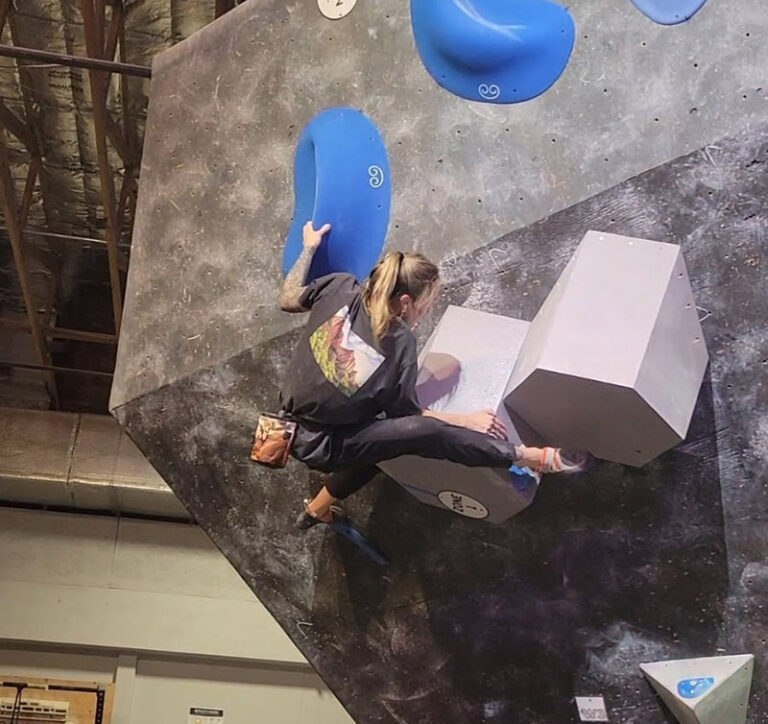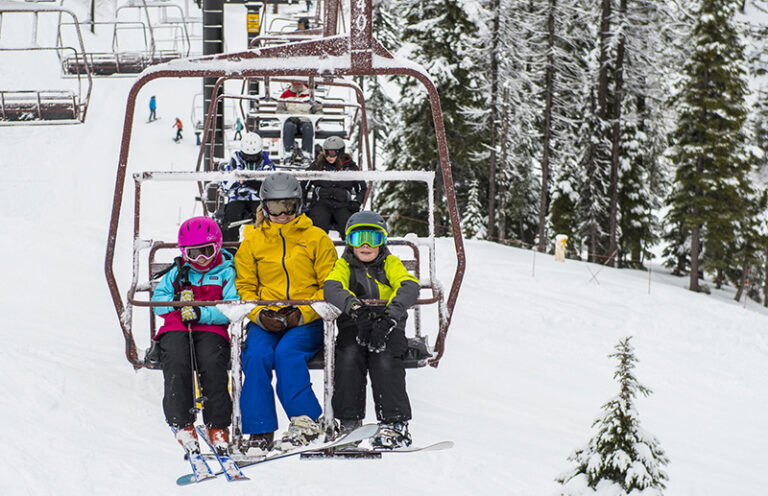I try to avoid thinking about the principles of airline flight: a long metal tube with huge mini-rockets riveted under flimsy-looking wings that propel me (and hundreds of others) on an arcing trajectory that can suffer little variance. We’re shot up into the sky; we glide (hopefully) gently down. Sure, the pilot may occasionally bank into a holding pattern or apply a surge of thrust just before landing or during take-off, but mostly, it feels far too routine, far too automated, far too like I’ve relinquished my life to a mechanized destiny.
Last summer, three friends and I flew into the Frank Church River of No Return Wilderness.
Dozens of small airstrips provide access to the deepest drainages of this wild: for hunters and hikers, rafters and fisherman. We were going to fish. After stuffing all of our packs and rods and various gear into a small Cessna, each of us buckled in to a seat and donned a headset. The plane was cramped, but for some reason, it felt less “sealed in” than an airliner jet-I could reach out and crank the doorknob and jump (Aaaiiieee!) if I really wanted to do so. The pilot taxied down the bumpy strip of grass (each mole hill lifted us a bit off the ground) and then, with a surge of propeller, we rose over a line of pine trees.
Located in central Idaho, The Frank Church Wilderness sprawls over nearly 2.4 million acres and, except for the bumpiest road in America-The Magruder Corridor-it’s conjoined to the Bitterroot-Selway Wilderness (1.2 million more acres); together, they make a vast spread of wild about the size of an East coast state. Solitude is possible: a few years ago while hiking there, my friends and I came upon a food bag tied up a tree-a note was in a plastic sleeve, tacked to the trunk: “This is for week three of my time alone with God”). If you want to get away, there may be no better place in the lower forty-eight states.
From the air, we flew over terrain that I had previously hiked, and the brute topography became much more apparent-the rocky scree, the chisel-cut cirques, the rushing waters, scars of fires, new growth saplings like small radish shoots in a backyard garden. A realization: we were flying in minutes over miles that took days to cover on foot. We were also hitting turbulence, and the airsickness that I hadn’t really felt since my first jet flights was making me nauseated and dizzy.
We pointed out features to one another; our gracious pilot told us the names of peaks and the years of various burns; he also asked again and again if we all felt okay (“I’m holdin’ on,” was my reply); we flew past our landing strip to have a look at a raging fire’s progress. We then banked into three looping turns that brought us to the field where we’d land. “We have to fly over at least once to spook any deer or elk off the strip,” our pilot commented. A few bumps, and the plane spun to a stop. Although my brow was a bit damp and my stomach a bit on edge, we were suddenly at our destination, some twenty miles further into the wilderness than we could hike in a day.
To be honest, in spite of the trustworthy and experienced demeanor of our pilot-a friendly Wazzu grad who had fallen for the backcountry-I was afraid when I got in the small plane. My fear, though, couldn’t prevent me from what’s statistically the most dangerous type of flying. Why? What was it about fishing that compelled me to do something that I found terrifying?
Most of us interested in the outdoors have signal activities: those pursuits that so engage, so immerse us that our participation becomes obsessive, addictive, consuming. Whether climbing, kayaking, cycling, hiking or fishing, when we do these favorite pursuits, we are the verb: I am hiking; I am fishing. I know that this sounds banal, but think about it carefully. How often while doing other things (washing the dishes, watering the plants, talking to a friend) are we divided in thought, splintered in action, so absolutely unable to make that same pronouncement with absolutist union: I am scrubbing the toilet. Our beloved outdoor pursuits bring about that temporary mindfulness, that complete presence that has been so oft discussed by writers from Basho and Thoreau to Simone Weil and Robert Aitken. Perhaps that’s why we’re willing to go to such lengths-all night drives, rides in planes-to make sure not that these activities are mere parts of our lives but that our lives at least occasionally know the attentive magic of this engagement.
The fishing was great; the wilderness offered so much-wild raspberries, splendid wildflowers, plentiful deer, occasional elk, a few (thankfully) rattlesnakes, and the always intimidating piles of bear scat, plus cougar tracks and wolf howls in the night. And more: when we met the plane to fly out, my trepidation about the tiny craft was gone. I knew that I wouldn’t be suspended as mere ticketed cargo in a cylindrical rocket. If asked what I was doing, I could respond, “I am flying.”
By Tod Marshall
Tod Marshall is an Assistant Professor of English at Gonzaga University. Marshall’s first collection of poetry, Dare Say, was the 2002 winner of the University of Georgia’s Contemporary Poetry Series.













